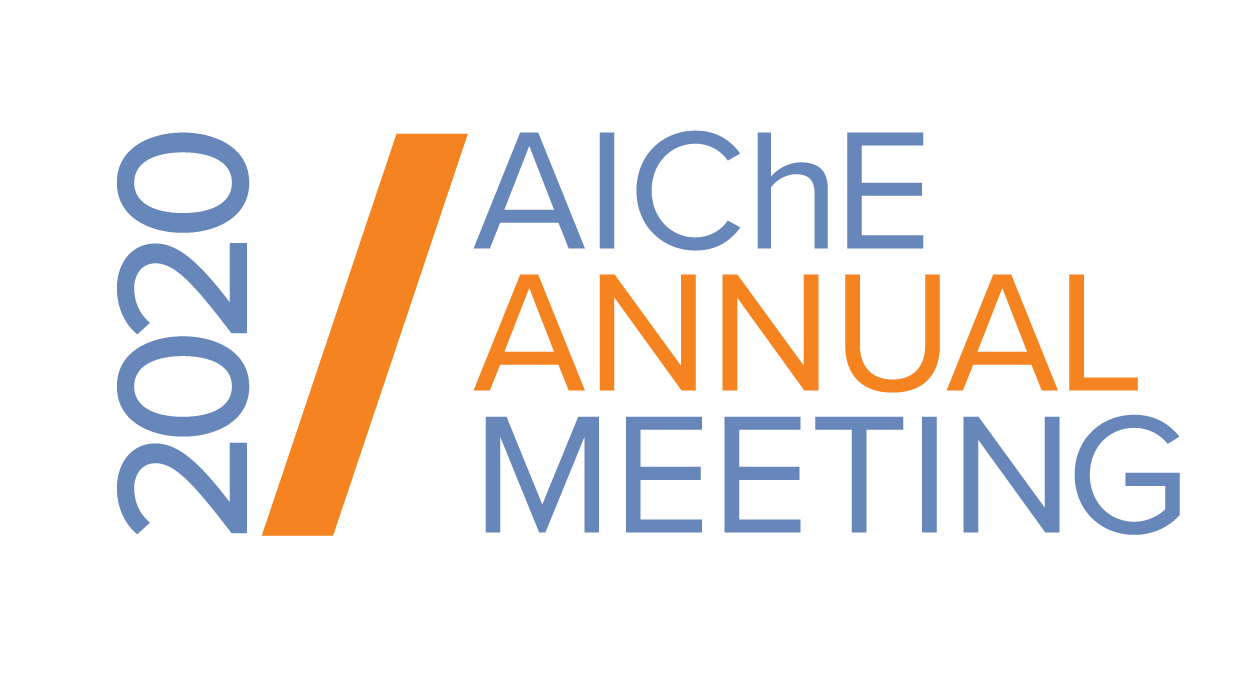

To address both challenges, we developed a novel predictive framework, the Texas A&M Energy Price Index (EPIC) that can be used as a benchmark to calculate the average price of energy to the end-use consumers in the United States, as well as an effective tool to assess, design and optimize various policy rules and questions [4]. Here, we demonstrate the effectiveness of this framework by addressing two contemporary policy questions that have raised substantial public and governmental interest. Specifically, the effects of a gasoline tax hike on EPIC are examined parametrically considering various scenarios i.e. 5, 10, 15, 20 and 25 cents per gallon increase in federal gasoline taxes. Moreover, the effects of renewable energy production targets and subsidies on energy consumers are examined parametrically over a wide range of different weights of the energy feedstocks as well as for tax credits ranging from 0 to 9 US$/MMBtu. For both case studies, the different scenarios are presented both for the past i.e. what would have happened, as well as for the future i.e. what will happen, along with the revenue generated or the budget required for the implementation of each scenario, taking advantage of the powerful predictive ability and flexibility of the proposed framework.
References:
- OECD (2019), Taxing Energy Use 2019: Using Taxes for Climate Action, OECD Publishing, Paris, https://doi.org/10.1787/058ca239-en.
- W. Parry, M. D. Heine, E. Lis, and S. Li, Getting energy prices right: From principle to practice. International Monetary Fund, 2014.
- A. Pigato, Fiscal Policies for Development and Climate Action. The World Bank, 2018.
- Baratsas, S.; Niziolek, A.; Onel, O.; Matthews, L.; Floudas, C. A.; Hallermann, D.; Sorescu, S.; Pistikopoulos, E. N. What is the price of energy to the end-users? A novel predictive framework and one of its applications to the energy and monetary policies. Nature Communications 2020 (Under Review).
